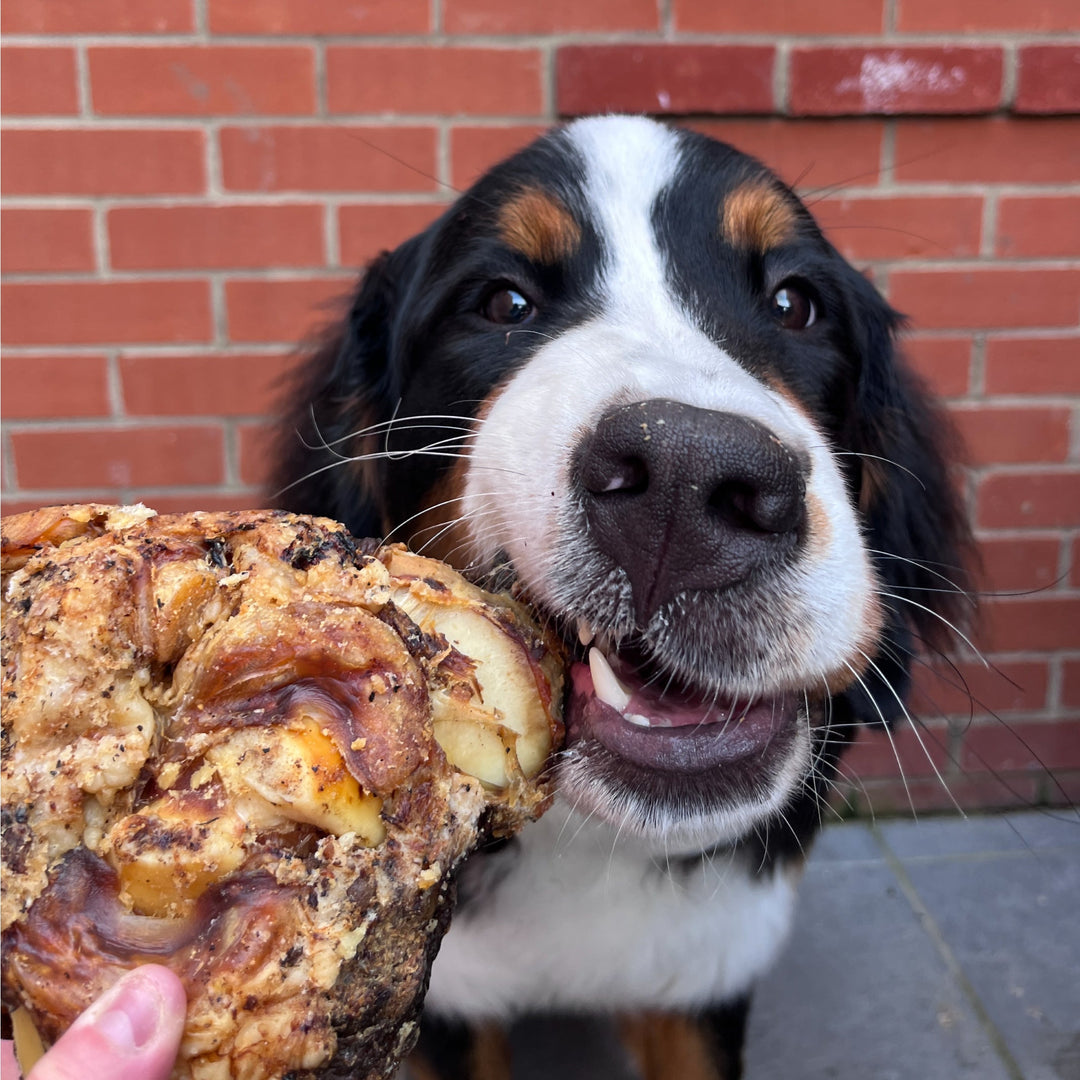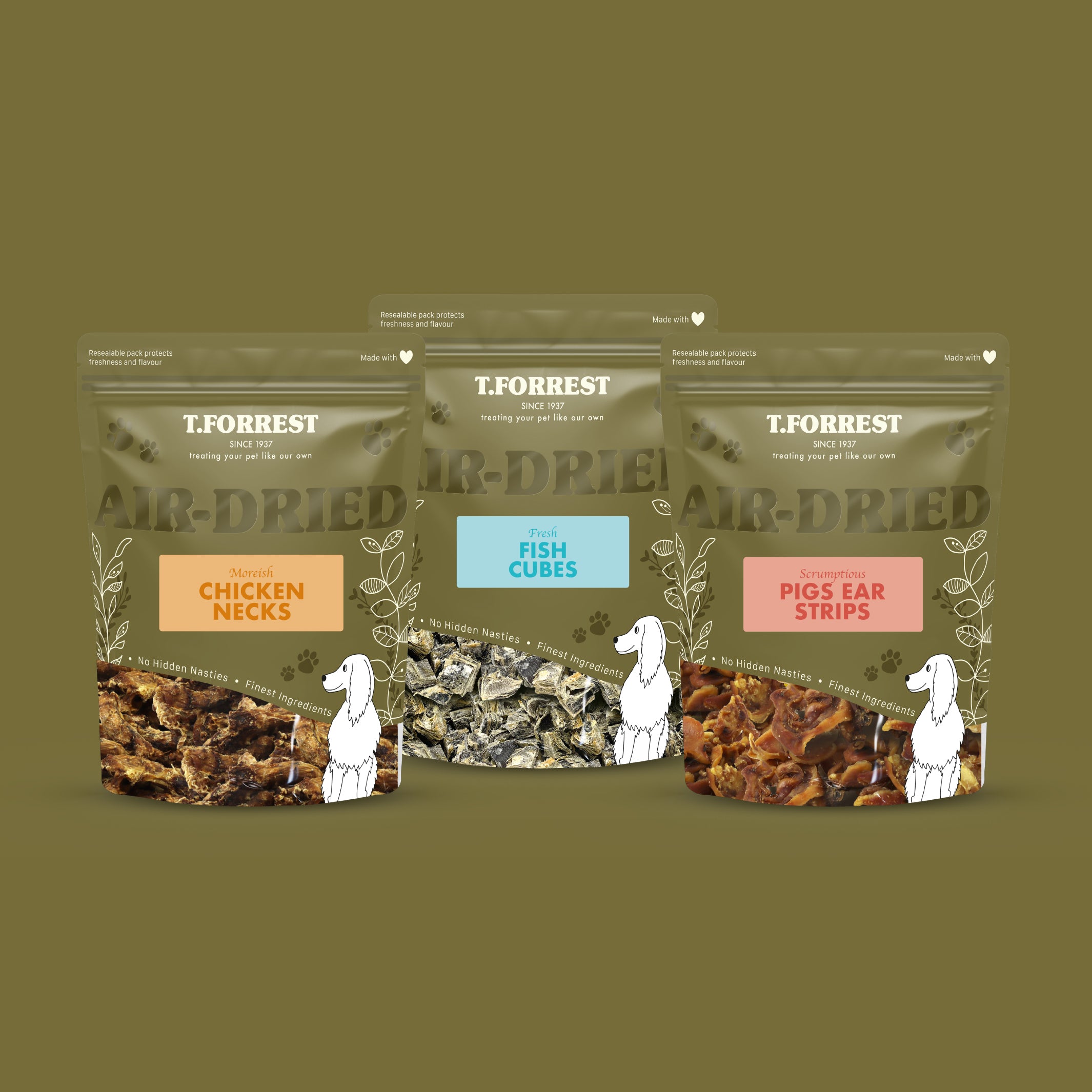Protect your dog through the winter months
Snow days can mean extra care for our dogs. They are loads of fun for everyone. But, this time of the year can harmful for our furry friends.
Exposure to the extremely dry air and chill can not only cause skin injury but also more serious damage like hypothermia and frostbite.
There are so many things to consider when keeping our canine companions safe during the winter.
Here are some pet protection tips everyone needs to know for the winter weather.
Know Your Dog And Adjust Accordingly

Stay Inside and Wrap Up
Outdoor Time

Cosy space
Nobody should ever sleep on a cold floor during winter, pets included. Care for dogs by finding snug, cozy bedding is essential to ensure your dog stays warm and comfy in the otherwise cold weather. Pet blankets and heated pet beds are popular buys during winter.
If your pup still seems uncomfortable, it’s possible they’re settled in an area of the home with a draft. If so, you’ll need to change their sleeping place to a warmer and more comfortable area.
During the winter, you may need to keep an eye on your dog as pets will often seek sources of warmth and may end up cuddling up to the space heater or even fireplace.
This can be extremely dangerous and can cause permanent damage. Installing baseboard radiator covers can prevent your pet from getting burned, but training them not to go near these items works just as well.
Keep Healthy and Hydrated
Despite the cold weather and tons of snow, dogs can still get as dehydrated as they do in the summer. Keep track of your dog’s water intake and make sure they always have fresh, unfrozen water at all times. Dogs also need more food during the winter because staying warm uses more energy. Be attentive to your dog’s nutritional needs and activity level during this time but also don’t overdo it.

It’s common for dogs to come out of the winter season a few pounds heavier. The only extra layer a dog needs during the winter should come from its coat. Finding the perfect balance and adjusting their calories accordingly is key to a healthy pup.
Care for dogs fact: When the temperature drops, it’s possible for your pet’s tongue to stick and freeze to metal food or water bowls. Make the switch to plastic bowls during the winter to avoid any sticky situations.
Paw Protection
A dog’s paws are most prone to injury during snow days. Check your puppy's paws frequently for cold weather damage such as cracked pads or bleeding. Dogs with furrier paws also tend to be susceptible to ice buildup in between the pads. Trimming the fur between the pads is an easy fix for preventing this problem.
Another threat to watch out for: various chemicals on sidewalks. During your walks, your dog’s paws may come in contact with deicers, antifreeze, or other salts that are toxic for pets.
Ice melters can taste sweet and be very tempting for dogs to lick, but they’re also extremely dangerous. Ingesting even a little amount can be fatal.
After-walk-wipe-downs of your pet’s feet, legs, and bellies are essential to prevent your dog from licking these and getting sick or even poisoned. Dog booties are a great way to prevent most damages and protect your dog’s paws.
Consider using pet-safe ice melters to ensure the safety of your pet and all pets in the neighbourhood.
Recognise Problems
A dog’s normal body temperature is from 101°F to 102.5°F, but when exposed to the cold for too long, it can drop to fatally low temperatures. Winter weather related injuries, such as hypothermia and frostbite, can be dangerous so recognising any changes in your dog’s behaviour will help prevent serious illness
Signs of Hypothermia:
- Violent shivering
- Lethargy
- Weak pulse
- Difficulty breathing
- Stiffened muscles
- Lack of appetite
- Rectal temperature of below 98°F
- Coma
- Cardiac Arrest
Hypothermia is easier to prevent rather than cure. Keep indoors as much as possible or provide your pup with a warm, dry space when outdoors.
If your dog is showing signs of hypothermia, immediately wrap them in a warm blanket and take them into a warm room. A mixture of four teaspoons of honey or sugar dissolved in warm water to drink can provide a much-needed energy boost.
You can also substitute this with one or two teaspoons of corn syrup on your dog’s gums for a more immediate effect, and if they’re too weak to drink. 
Do not care for dogs with hair dryers or heating pads, as they can cause burns and negatively affect the circulation to vital organs because of dilated blood vessels. Instead, use warm water bottles wrapped in towels against your dog’s abdomen, chest, and underarms, then wrap them up in a blanket.
Consult your veterinarian immediately for the best way to manage hypothermia.
Signs of Frostbite
- Pale, gray, or blue skin initially
- Red, puffy skin later on
- Ears, tail, or paws feel painful when touched
- Cold skin
- Shriveled skin












